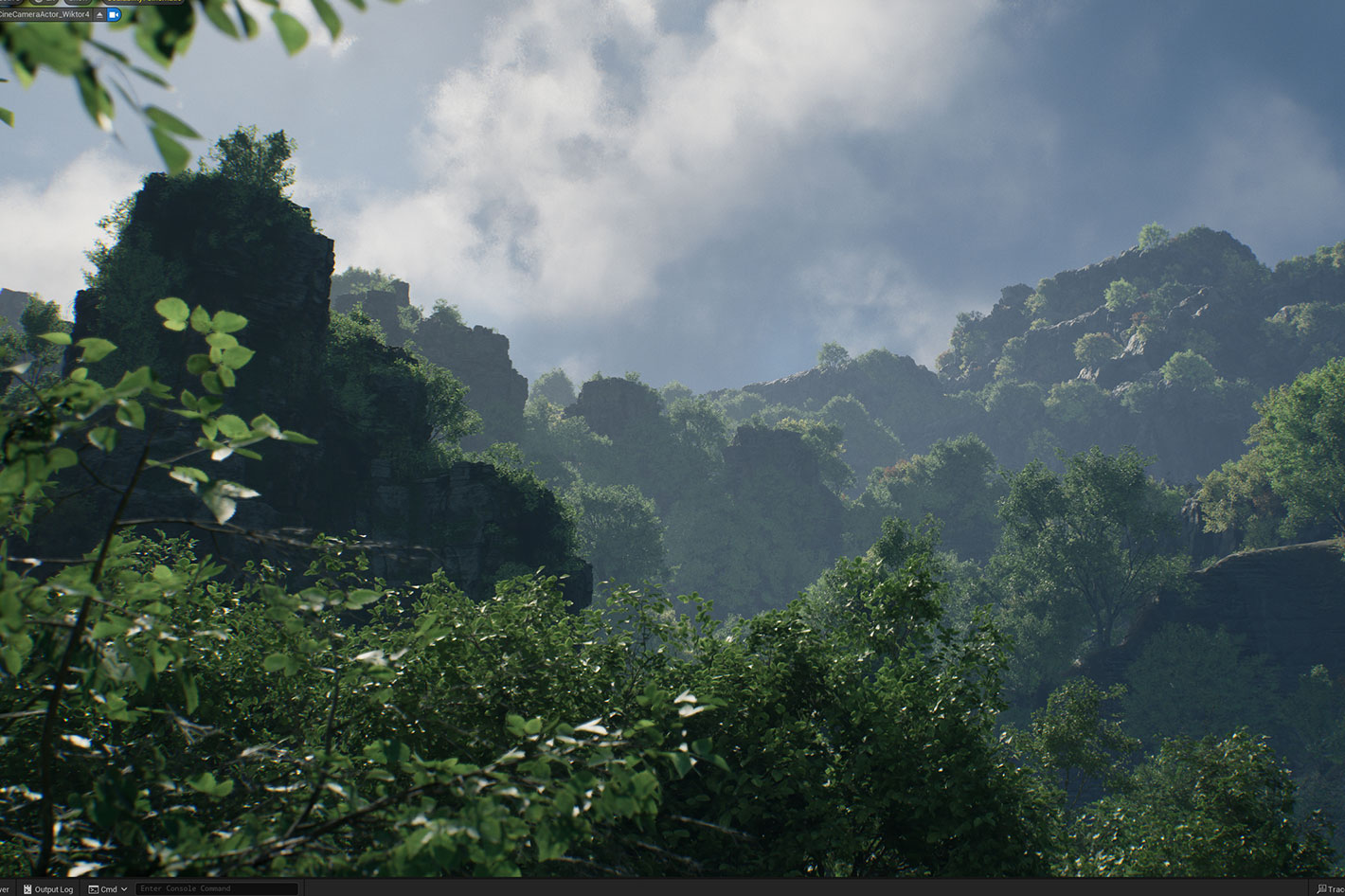
Unreal Engine 5.2 continues to expand the tools for Virtual Production and the team behind the software from Epig Games announced that this release brings an enhanced virtual production toolset, with new features and enhancements that give filmmakers more creative power. The release notes published by Epoic Games and a blog post highlight some of the new or enchanced aspects of the toolset. Here are some excerpts:
Dovetailing with the desktop ICVFX Editor, a new iOS app for ICVFX stage operations (coming soon for iPad via the Apple App Store) will offer an intuitive touch-based interface for stage operations such as color grading, light card placement, and nDisplay management tasks from anywhere within the LED volume. This puts creative control directly in the filmmakers’ hands to achieve the desired look where filming is actually taking place, without having to call back to the Unreal Engine operators.
Meanwhile, enhancements to Unreal Engine’s VCam system offer filmmakers greater scope for creative decision-making during pre-production. These include the new ability to operate multiple simultaneous Virtual Cameras off a single editor instance, as well as to create more sophisticated and layered camera moves.
Finally, extended nDisplay support for SMPTE 2110 builds on the initial groundwork laid in Unreal Engine 5.1 toward the next generation of ICVFX hardware deployment. This Experimental feature is suitable for testing in Unreal Engine 5.2 as hardware becomes available, with production viability targeted for Unreal Engine 5.3.
It’s not just about expanding the tools with feature refinements and stability improvements. Unreal Engine 5.2 also pushes the boundaries of what creators can expect out of the box, delivering innovative new functionality. One such example is the Procedural Content Generation framework (PCG), that can be used directly inside Unreal Engine without relying on external packages. The framework includes both in-editor tools and a runtime component.
The PCG tools enable you to define rules and parameters to populate large scenes with Unreal Engine assets of your choice, making the process of creating large worlds fast and efficient. The runtime component means that the system can run inside a game or other real-time application, so that the world can react to gameplay or geometry changes. The PCG tools can also be used for linear content requiring substantial numbers of assets, such as large architectural projects or film scenes.
The team notes that this is “an early look at a Procedural Content Generation framework” an experimental feature that will be further developed over future releases and that is not recommended for production work. The same warning applies to Substrate, a new way of authoring materials that gives you more control over the look and feel of objects used in real-time applications, such as games, and for linear content creation.
Epic Games says that “when enabled, it replaces the fixed suite of shading models with a more expressive and modular multi-lobe framework that provides a greater range of surface appearances and a wider parameter space from which to work.” According to the team, it is especially powerful for describing layered looks, for example “liquid on metal” or “dust on clear coat.”
To test out Substrate, the team says, “you can enable it in the project settings. As an Experimental feature, we do not recommend using it for production work; we welcome feedback to continue to refine its functionality. “
Native support for Apple Silicon has also been added to the Unreal Editor. This brings a better user experience, improved performance, and greater stability. The Universal Binary of Unreal Engine that natively supports both Apple Silicon and Intel CPUs is now available to download from the Epic Games launcher. Follow the link to find more about the new release of Unreal Engine and to read the release notes, which explain with more detail what Unreal Engine 5.2 offers creators.
Unreal Engine is free to use for creating linear content like films, and for custom and internal projects. It’s also free in many cases for game development—a 5% royalty only kicks in if and when your title earns over $1 million USD. To discover more about Unreal Engine download it today.

